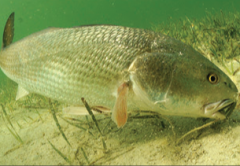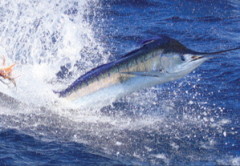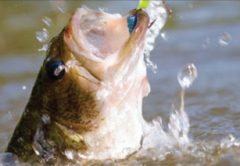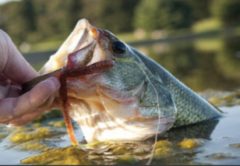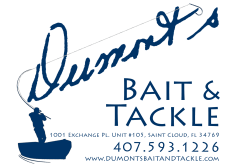Seasonal changes are a bit different for central Florida. Without the leaves changing and hardly a drop-in temperature it’s hard to feel as though major differences are right around the corner, but they are. Winter always has a way of sneaking up on us Floridians. Out of nowhere our warm weather breaks and cool fronts come a knocking with weather forecasters screaming of the impending cold to come. But what about the fish? They have no well-dressed people on TV to tell them that they should be sure to have a jacket in the morning. No weather channel to alert them of winter storm so-and-so will be wreaking havoc for the next 4 days, so just hang in there because the 80-degree sunny days will be right back. Fish, just like every other animal use instincts and environmental clues to prepare themselves. Some fish like the black drum love the cooler weather and rush to the flats in large schools. Evacuating the bridge spans and deeper water they enjoyed all summer for sight fishing ready shallows that we all enjoy catching them in. Some like our red fish could honestly care less what the temperature is.
However, for a few of the species we enjoy in the summer warm months, life becomes anything but normal business for months on end. Two of the most dominate species that come to mind when thinking of non-winter ready lagoon targets would be snook and tarpon. Both have a lower water temperature threshold of roughly 54 degrees. In water colder than that for a few hours can and will stun them, but if that low temp lasts for a few days they will die. Tarpon have a habit of migration to cure this potential problem in areas where freezing weather is possible. The snook have a different tactic.
The tarpon is perfectly happy to travel hundreds of miles for what it wants. If anything, this willingness to travel south is the lagoon juvenile tarpons training for the extensive yearly travels they will experience as adults with their never ending north to south movements in the Atlantic and Gulf of Mexico. The snook on another hand are a bit more ‘homebody’ in nature and movements. As the lagoons of the space coast is the traditional north range of this species, ones that venture north of that are at risk every cold front. Some of the larger snook will look to offshore deeper water to hold out and until spring winds warm, but most of the fish that we enjoy catching on the beaches through fall will look to find just the right backwater to hold out in. Deeper water, mud bottoms, and mangrove lined seclusion are all factors in a top winter snook spot. Months like November/December and March/April are transition times for the snook, so your best catches can come from those transition areas. Be sure to check out LocalLinesCharters.com to book your instructional kayak fishing charter.


